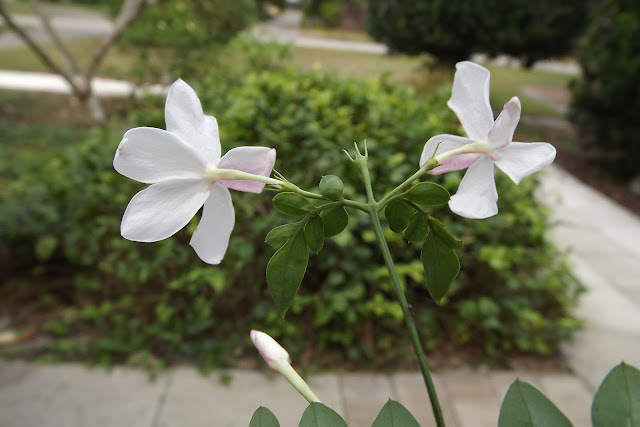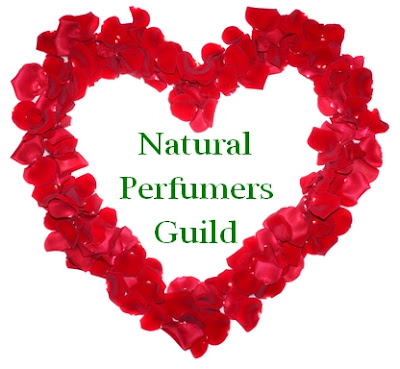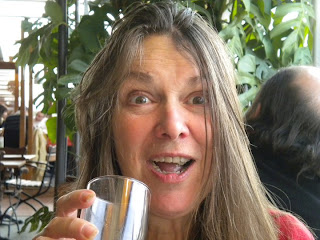Anya's Garden Natural Perfumery Institute - The Production of Natural Aromatics

Arabic distiller How detailed is the Basic Perfumery Course? Very. How comprehensive is the Basic Perfumery Course? Very. http://PerfumeClasses.com One example comes from the well-illustrated section in Module 3 on the Production of Natural Aromatics. As the head instructor, I believe that a student needs to have a working knowledge of basic information on how the aromatic makes it from the field to the bottle they buy, whether it's rose, vetiver or some new boutique oil. 3.1: The Production of Natural Aromatics Assaying Raw Materials ...











